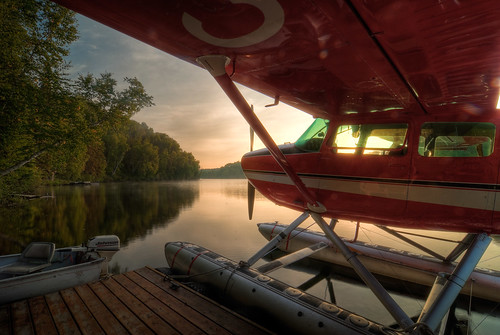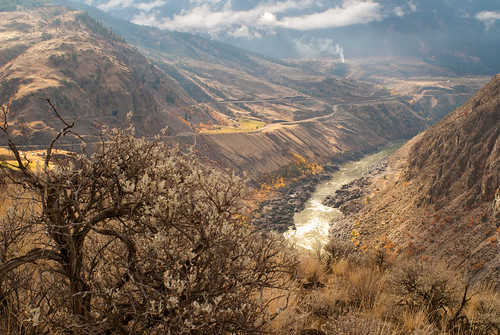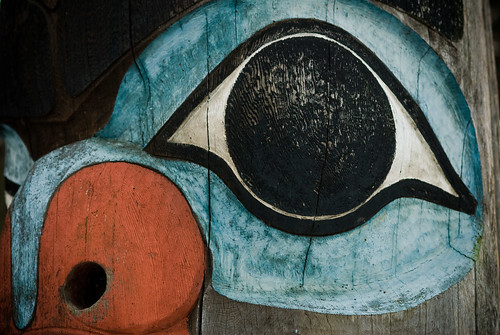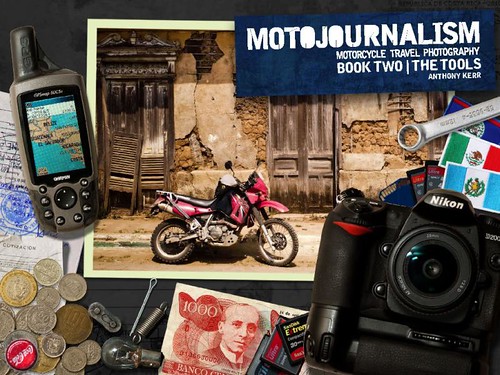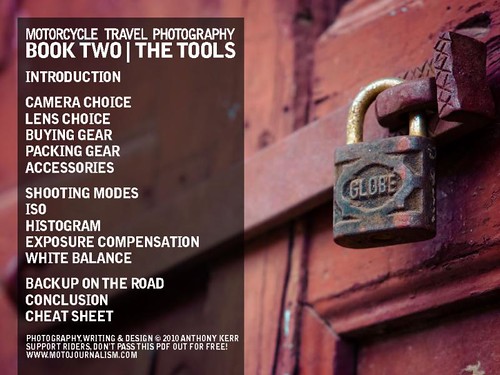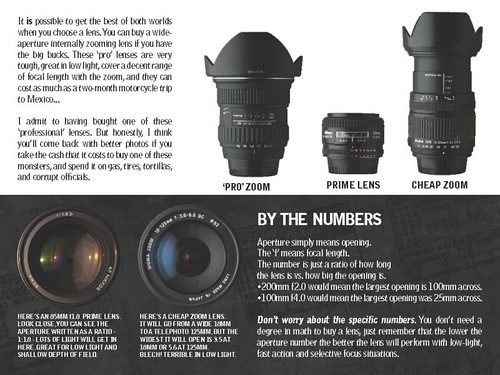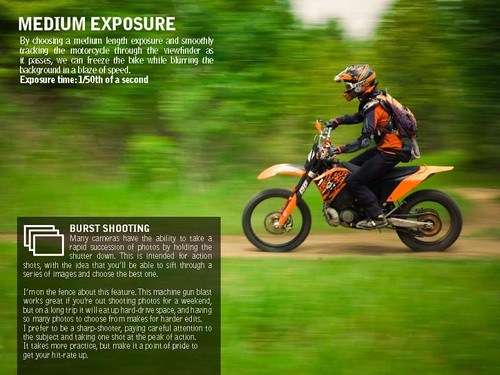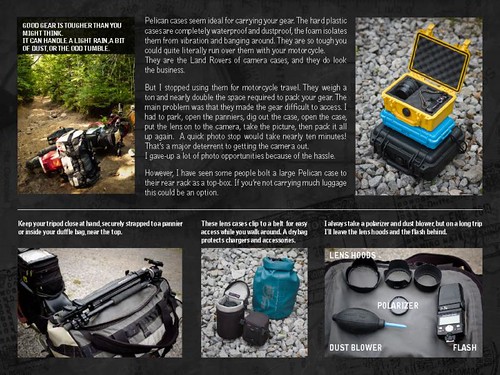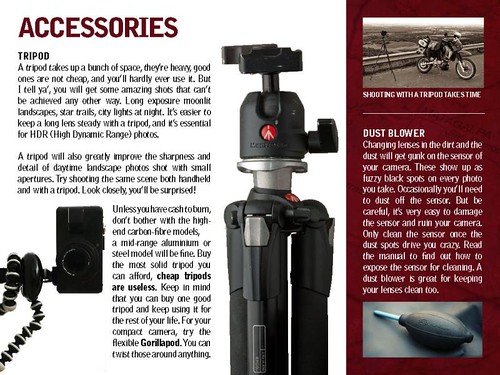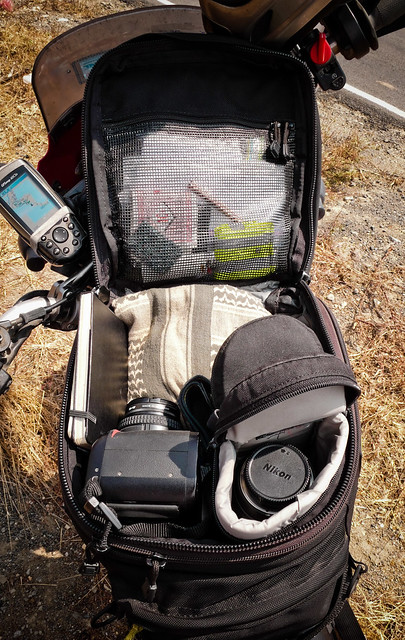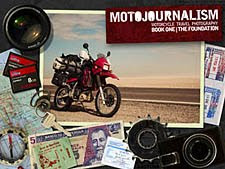I thought a slideshow photo essay would be an interesting way to present some of my favorite images from the northern part of the Baja peninsula in Mexico
I re-processed the photos in Lightroom
I was going for a moody, sinister look - more for fun than for journalistic accuracy! - I put together the soundtrack to match the mood (Bass, MS10, percussion and turntable for those who are into such things)
Most of these photos were taken with the Panasonic LX2 compact camera while sitting astride the motorcycle, the rest were shot with the Nikon D200.
I've written before about moving the camera postion to adjust the composition of the image. I haven't though about it till now, but I tend to ride the motorcycle into place for the best composition the same as I would on foot.
I'll ride slowly once I see an interesting landscape, than inch along the shoulder of the road until the elements of the landscape snap into position. I'll move until I see a nice "S"curve in the road, until the cactus sits in the perfect spot on the side of the frame, until the massive mountain perfectly balances a boulder in the foreground.
The slideshow was put together on an ancient and borrowed Mac with iMovie 4, which would not be so bad if it did not take 6 hours to export a two minute high-res video. Lots to learn yet!
Here are some hi-rez photos to compare - click for full size and feel free to use them as desktop backgrounds.
This photo was taken with a Nikon D200, it dealt very well with a high contrast scene that would have been too much for the LX2 compact. Notice how the detail in the distance holds together.




_2-tm.jpg)





